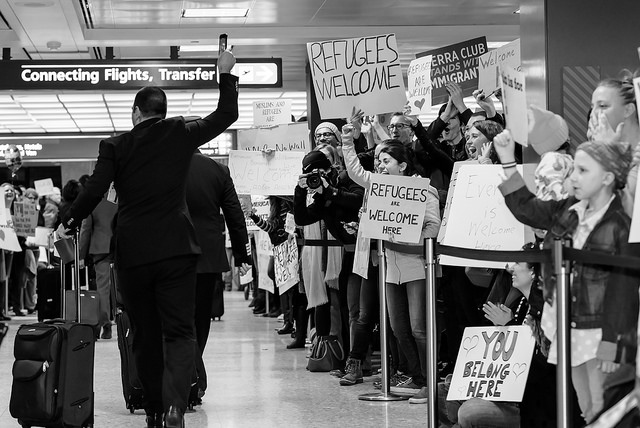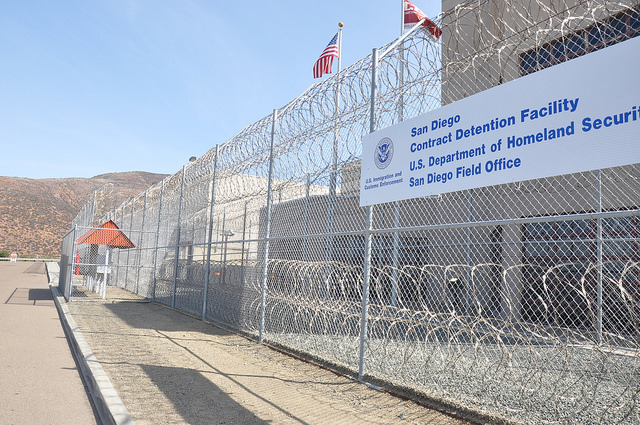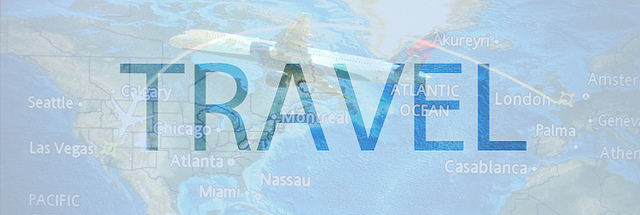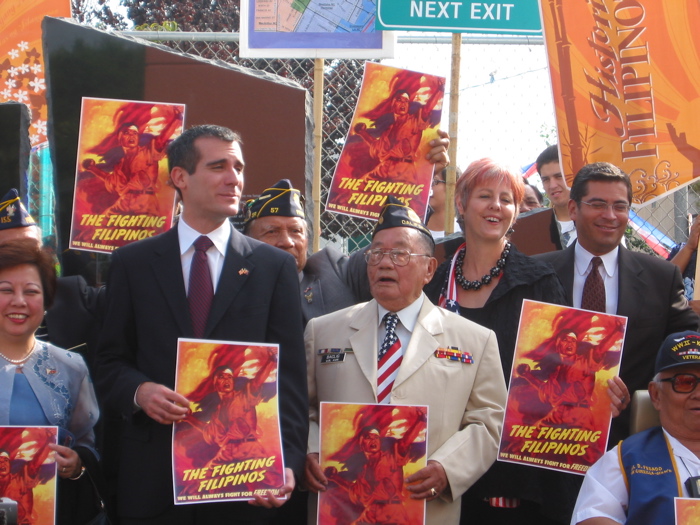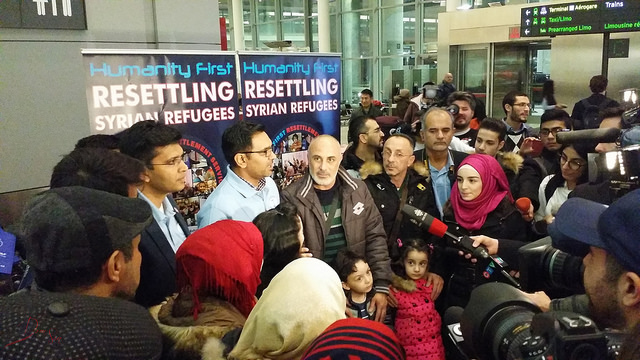As previously reported, the U.S. Supreme Court recently announced that the court will be hearing arguments in defense of and in opposition to the President’s controversial executive order “Protecting the Nation from Foreign Terrorist Entry into the United States,” also known as the “travel ban” in October of this year.
In the meantime, the Supreme Court has allowed some parts of the President’s executive order to take effect until it makes a final ruling later this year. This means that certain foreign nationals will be prevented from gaining admission to the United States. Today, the Department of State announced that per the Supreme Court’s instructions, the President’s 90-day temporary suspension will be implemented worldwide at 8:00 PM (EST) beginning today, June 29, 2017.
Who will be affected?
Foreign nationals from the six countries of concern mentioned in the President’s executive order, including Syria, Sudan, Somalia, Iran, Libya, and Yemen, who do not have a bona fide relationship with a person, entity (such as a religious or academic institution), or employer in the United States, will not be granted admission to the United States for a period of 90 days, beginning, June 29, 2017 8:00 PM EST, unless the foreign national can demonstrate that they have a credible qualifying bona fide relationship with a person, employer, or entity in the United States. Such individuals may qualify for a case-by-case waiver.
In addition, refugees will not be admitted to the United States for a period of 90 days, beginning June 29, 2017 8:00 PM EST, unless they can demonstrate a legitimate claim of “concrete hardship,” to be weighed against the country’s concern for its national security.
 Visa Lawyer Blog
Visa Lawyer Blog


